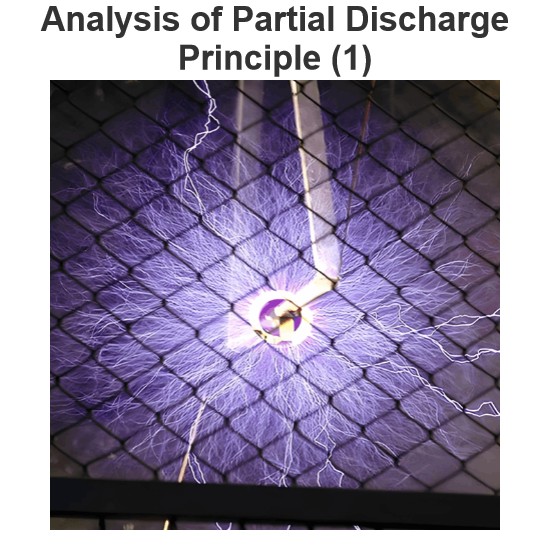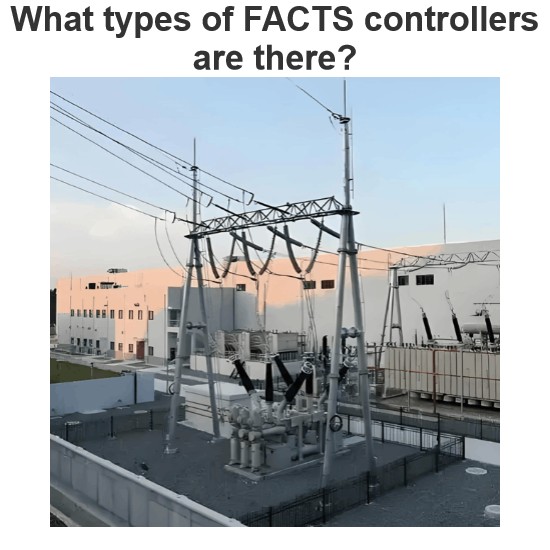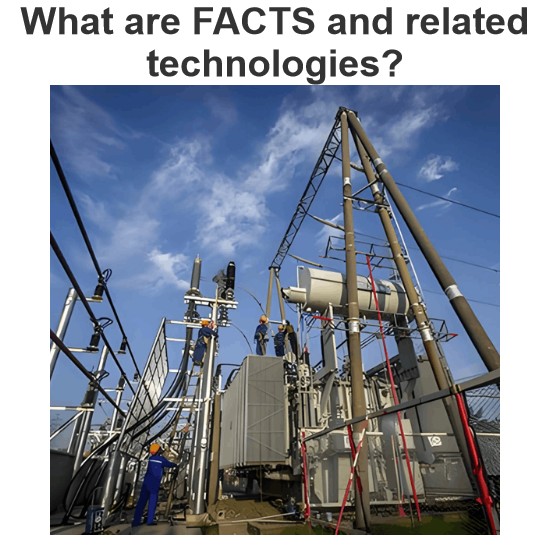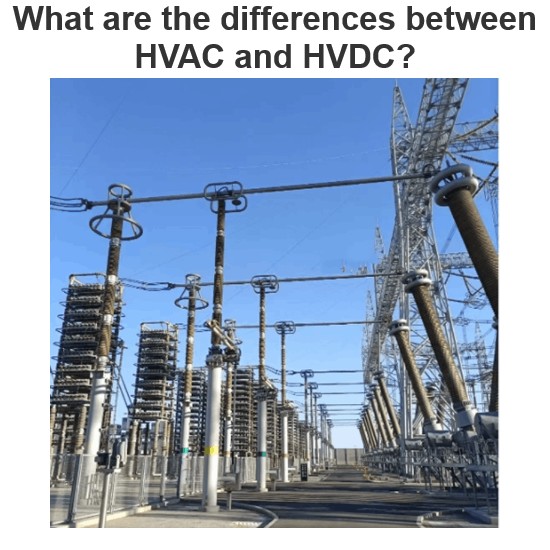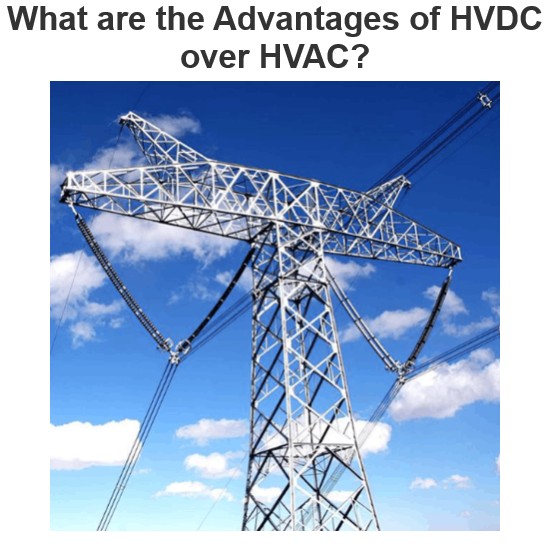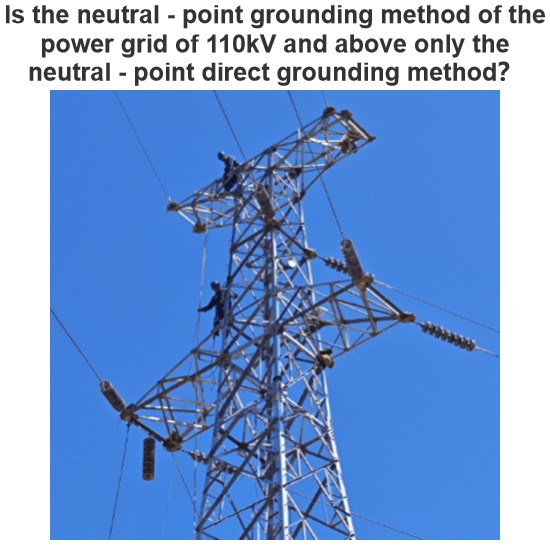| Brand | Wone |
| Model NO. | Overhead insulated conductors |
| Rated voltage | 0.6/1kV |
| Series | JKY/JKV |
Description
The so-called overhead line is a relative cable, which is a line that transmits electric energy by the tower to erect the conductor at a certain height. For the high-voltage transmission and distribution network overhead line insulation is generally air, the previous distribution line (10kV below 380V) generally also uses bare wire, but due to the complex urban distribution environment.
Standard
This product is produced according to the standard of GB/T12527-2008 "Overhead Insulated Cable with Rated Voltage of 1kV and Below".
Scope of application
It is applicable to overhead power lines with rated voltage of 10KV and below.
Features
The rated voltage is 0.6/1KV, 10KV.
The cable laying temperature should not be lower than 0°C.
The maximum temperature of the cable in the event of a short circuit (the longest duration is not more than 5s): 160 °C for polyethylene insulation, 250 °C for cross-linked polyethylene insulation .
The long-term allowable working temperature of the cable conductor: polyvinyl chloride insulation should not exceed 70 °C, and cross-linked polyethylene insulation should not exceed 90 °C.
Allowable bending radius of the cable: The allowable bending radius of the cable should not be less than the diameter of the cylinder used in the cable bending test.
Product Model
0.6/1KV series: JKV, JKLV, JKY, JKLY, JKYJ, JKLYJ, 16~240mm2.
10KV series: JKYJ, JKLYJ, JKY, JKLY, JKLYJ/B, JKLYJ/Q, JKLYJ/Q, 10~300mm2.
Structure Size and technical parameter
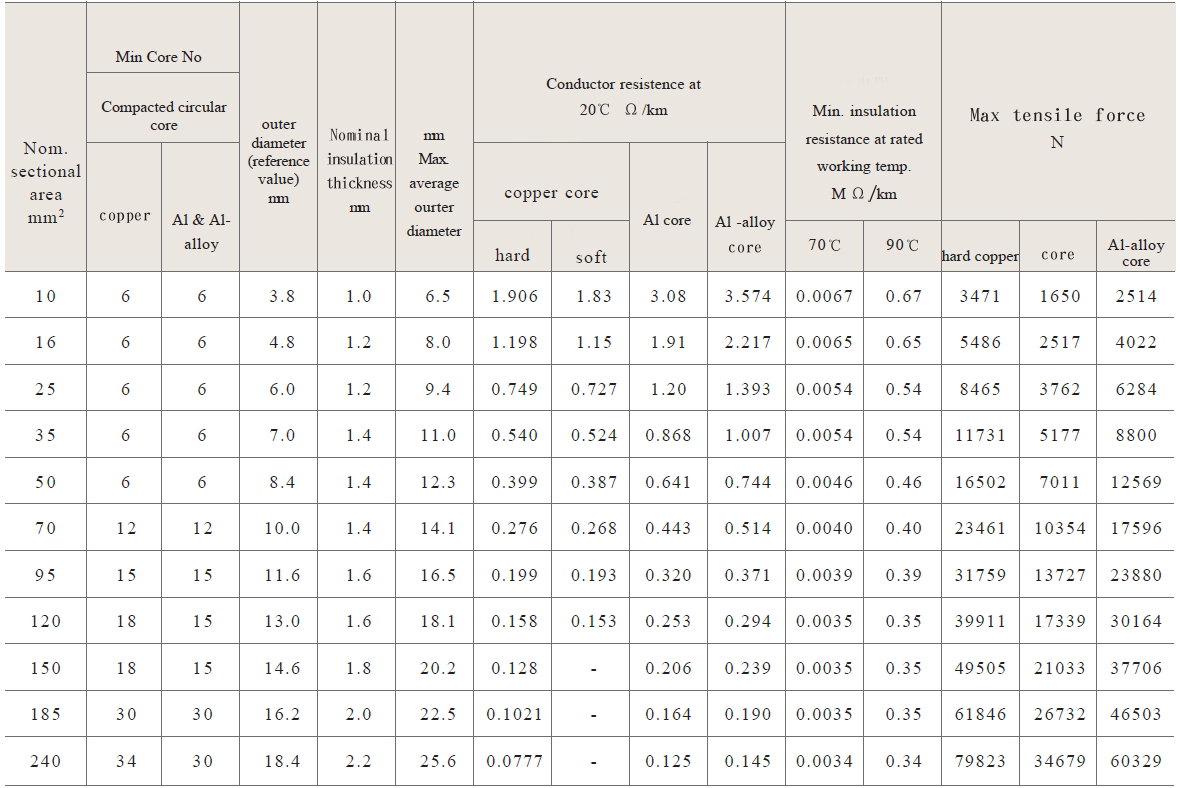
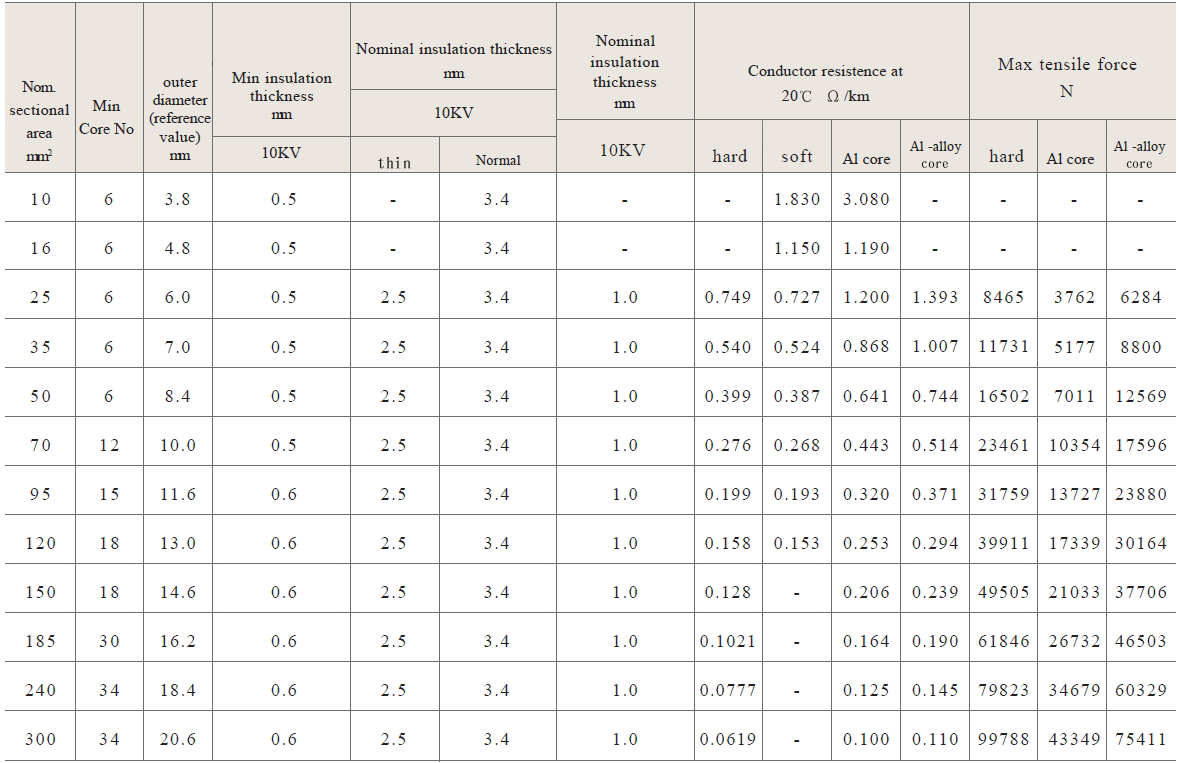
Q: What kind of cable is the JKY/JKLY cable?
A: JKY/JKLY cable cable is copper core (aluminum core) polyethylene insulated overhead cable.
Q: What are the characteristics of JKY/JKLY?
A: Its copper core (aluminum core) has good electrical conductivity and can efficiently transmit current. The polyethylene insulation layer has good insulation performance and can effectively prevent the occurrence of leakage. JKY cable structure is relatively simple, light weight, easy to install and erect, suitable for use in overhead lines. At the same time, it has a certain ability to adapt to the environment, and can work stably under normal climate and environmental conditions.
Q: What scenarios are JKY cables mainly used in?
A: JKY cable is mainly used in overhead power transmission scenarios, such as in rural power grid construction, because of its relatively low cost and can meet the basic power transmission needs, it is widely used in power transmission lines from substations to villages. It is also often used in small industrial parks or power distribution lines around towns.

